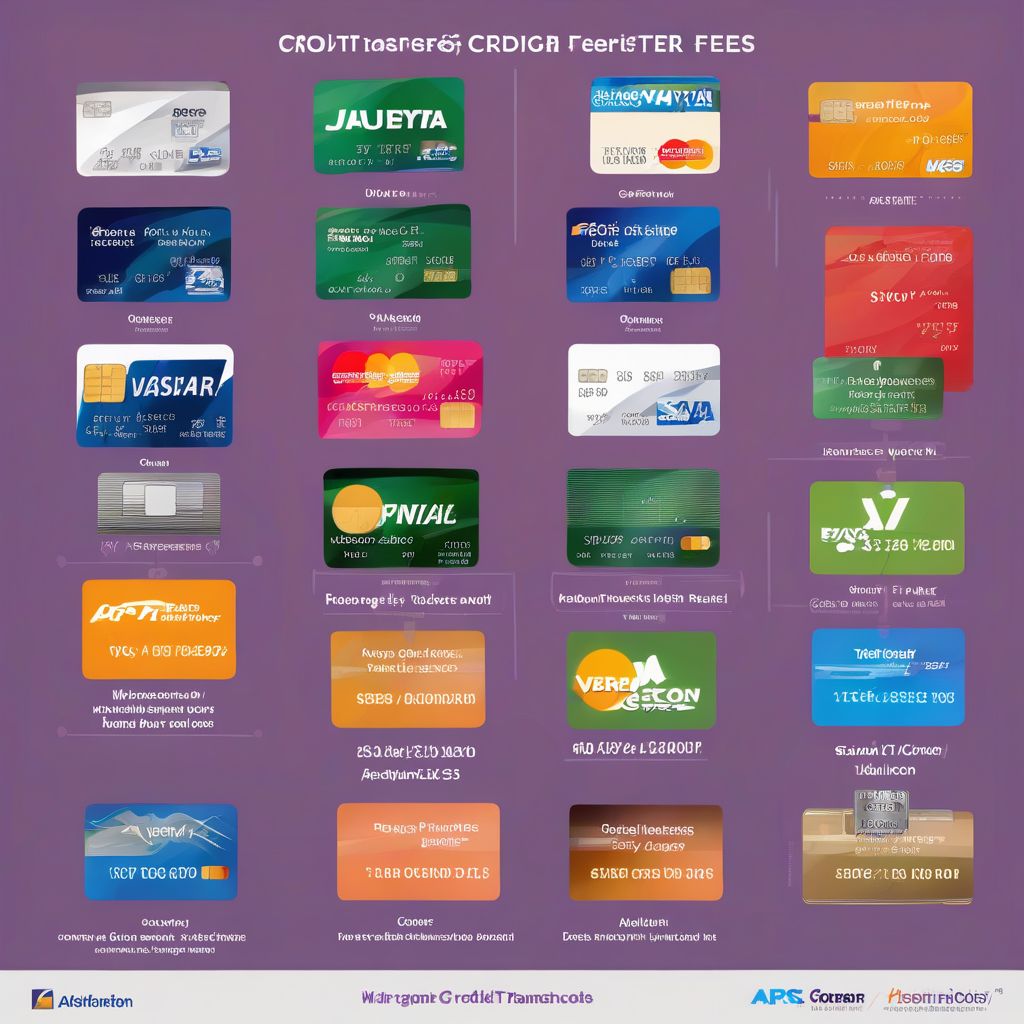Thinking about transferring your credit card balance? You’re on the right track to potentially saving hundreds of dollars in interest! A balance transfer can be a smart financial move, but only if you snag a card with a low balance transfer fee. In this guide, we’ll break down everything you need to know about Lowest Balance Transfer Fee Credit Cards, empowering you to make a decision that puts money back in your pocket.
Understanding Balance Transfer Fee Credit Cards
What exactly is a balance transfer fee credit card?
It’s a type of credit card that offers a low (or even 0%) introductory APR for a set period, typically 12-21 months, on balance transfers. This means you can transfer high-interest debt from another credit card and potentially pay little to no interest during the introductory period, helping you pay down your debt faster.
However, there’s a catch – the balance transfer fee. This is a fee charged by the credit card issuer for transferring your balance. It’s typically a percentage of the amount you transfer, usually between 3% to 5%.
Why Finding the Lowest Balance Transfer Fee Matters
Imagine this: you’re transferring $5,000 to a new card. A 3% fee would cost you $150, while a 5% fee jumps to $250! That’s a significant difference, especially when the goal is to save money.
Finding a credit card with a low balance transfer fee can:
- Maximize your savings: The lower the fee, the more of your money goes towards paying down the principal balance.
- Make it easier to qualify for a 0% intro APR offer: Some cards waive the balance transfer fee if you transfer your balance within a specific timeframe.
- Improve your credit utilization ratio: By shifting debt to a new card, you can potentially lower your credit utilization (the amount of credit you’re using compared to your total available credit), which is a factor in your credit score.
 Credit Card Comparison Chart
Credit Card Comparison Chart
Common Questions About Lowest Balance Transfer Fee Credit Cards
When searching for the right card, you likely have questions. Let’s address some of the most common ones:
1. What is a good balance transfer fee?
Ideally, you want a fee of 3% or lower. Some cards even offer 0% introductory balance transfer fees for a limited time!
2. How long will the 0% intro APR last?
Introductory periods vary, with 12 to 21 months being the most common. Be sure to factor in the length of the introductory period when comparing cards.
3. Will I be charged interest during the introductory period?
Typically, no. However, it’s crucial to read the fine print. Some cards might charge interest on new purchases made during the introductory period.
4. What happens after the introductory period ends?
The APR will revert to the card’s regular APR, which is usually variable and based on your creditworthiness.
Navigating the World of Balance Transfers
Finding the lowest balance transfer fee credit card requires research and comparison. Don’t settle for the first card you find!
Here’s how to find the best fit for your financial goals:
- Check your credit score: Your credit score plays a big role in the offers you qualify for.
- Compare cards from different issuers: Banks, credit unions, and online lenders offer various balance transfer options.
- Read the fine print carefully: Pay close attention to fees, interest rates, and other terms and conditions.
- Make a plan to pay off your balance before the introductory period ends: This will help you avoid paying high interest charges.
Take Control of Your Debt Today
Don’t let high-interest credit card debt hold you back. By understanding balance transfer fees and comparing your options, you can find a credit card that aligns with your financial goals. Remember, the journey to financial freedom starts with a single, informed step.